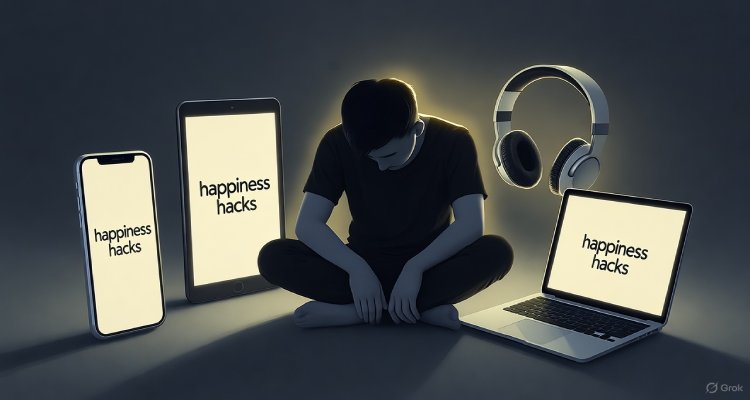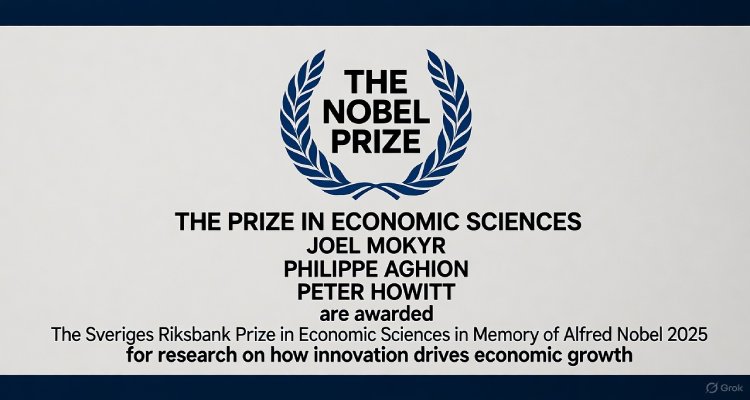The Dark Side of Happiness Hacking
Exploring the hidden consequences of “happiness hacking” — how our pursuit of constant positivity can distort mental health, relationships, and modern digital culture.
Introduction: When Happiness Becomes a Habit Loop
In a world flooded with productivity gurus and dopamine-boosting life hacks, happiness has become more than a state of being — it’s a brand. Across social media, countless posts promise the “science of happiness,” from morning gratitude rituals to neural rewiring apps. But behind the glowing testimonials and self-optimization trends lies an unsettling question: what happens when happiness itself becomes the next addiction?
Context & Background: The Rise of the Happiness Industry
Over the last decade, happiness has been commodified. From best-selling books on positive psychology to data-driven wellness apps like Calm, Headspace, and Happify, a multi-billion-dollar industry has emerged to sell the promise of joy on demand. The term happiness hacking — coined in the mid-2010s — initially symbolized empowerment through neuroscience and personal growth.
The premise seemed simple: learn to manipulate brain chemistry (mainly dopamine and serotonin levels) through specific habits. Meditation, gratitude journaling, fitness goals, and digital detoxes became tools for emotional mastery. But as these “hacks” went mainstream, their commercialization began to overshadow their scientific intent.
Main Developments: When Optimization Turns Obsessive
What began as a movement for wellness gradually evolved into a cycle of performance pressure. Instead of accepting occasional sadness as natural, many began treating it as a failure to hack the system correctly. Social media amplified this effect. Influencers documented their morning affirmations and productivity peaks, subtly framing happiness as a competitive metric.
Recent psychological research warns that the relentless pursuit of happiness may be counterproductive. Studies from Stanford University and the University of Melbourne found that individuals who overvalue happiness often experience higher levels of anxiety, loneliness, and dissatisfaction. By expecting life to be perpetually optimized, people inadvertently create internal dissonance — an emotional gap between reality and expectation.
The psychological community even has a term for this: toxic positivity — the dismissal of any emotion that isn’t upbeat. Ironically, the pressure to be positive can lead to guilt, burnout, and even depression.
Expert Insight: Voices of Reason Amid Digital Euphoria
Dr. Mira Devlin, a cognitive neuroscientist specializing in affective science, notes:
“Our brains evolved to experience a range of emotions for survival. Treating negative emotions as malfunctions overlooks their adaptive value. Anxiety and sadness drive reflection, growth, and social bonding.”
Data ethics researcher Arun Sharma adds another layer:
“Many digital happiness platforms use the same behavioral economics that social media does — reinforcing daily streaks, rewards, and dopamine loops. Users become dependent not on joy itself, but on the validation cycle these apps provide.”
Even wellness influencers are beginning to push back. Some have launched movements promoting “emotional authenticity” instead of constant positivity — encouraging followers to share stories of imperfection, doubt, and vulnerability.
Impact & Implications: The Cost of a Constant Smile
The normalization of hacking happiness is reshaping not just self-perception but social relationships. In workplaces, employees feel pressured to display enthusiasm and resilience even amid stress — a phenomenon psychologists call emotional labor. In personal life, people may filter their emotions, fearing judgment or digital disapproval.
Corporations are responding to the trend too. Tech firms now integrate “well-being dashboards” into performance tools, paradoxically blending self-care with surveillance. Meanwhile, therapists report a surge in clients struggling not with sadness, but with the guilt of not being happy enough.
The societal cost is subtle but profound: a culture where emotional diversity is stifled in favor of monetized serenity.
Conclusion: Redefining Happiness as Wholeness
True happiness isn’t a hack; it’s a spectrum. To feel joy fully, one must also make peace with discomfort. The dark side of happiness hacking reminds us that well-being cannot be engineered or gamified beyond human complexity. As technology continues to shape emotional trends, perhaps the next stage of evolution is not in optimizing happiness — but in relearning authenticity.
Our collective challenge is to redefine success not as a perpetual smile but as emotional fluency — the courage to inhabit all shades of human experience.
Disclaimer :This article provides general information for educational and journalistic purposes only. It is not intended as medical or psychological advice. Readers experiencing emotional distress should consult a licensed mental health professional.










